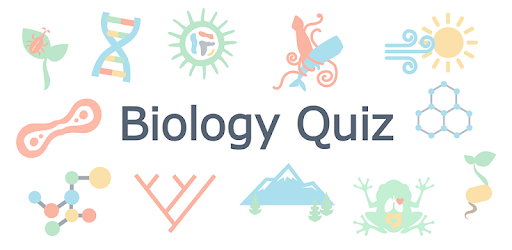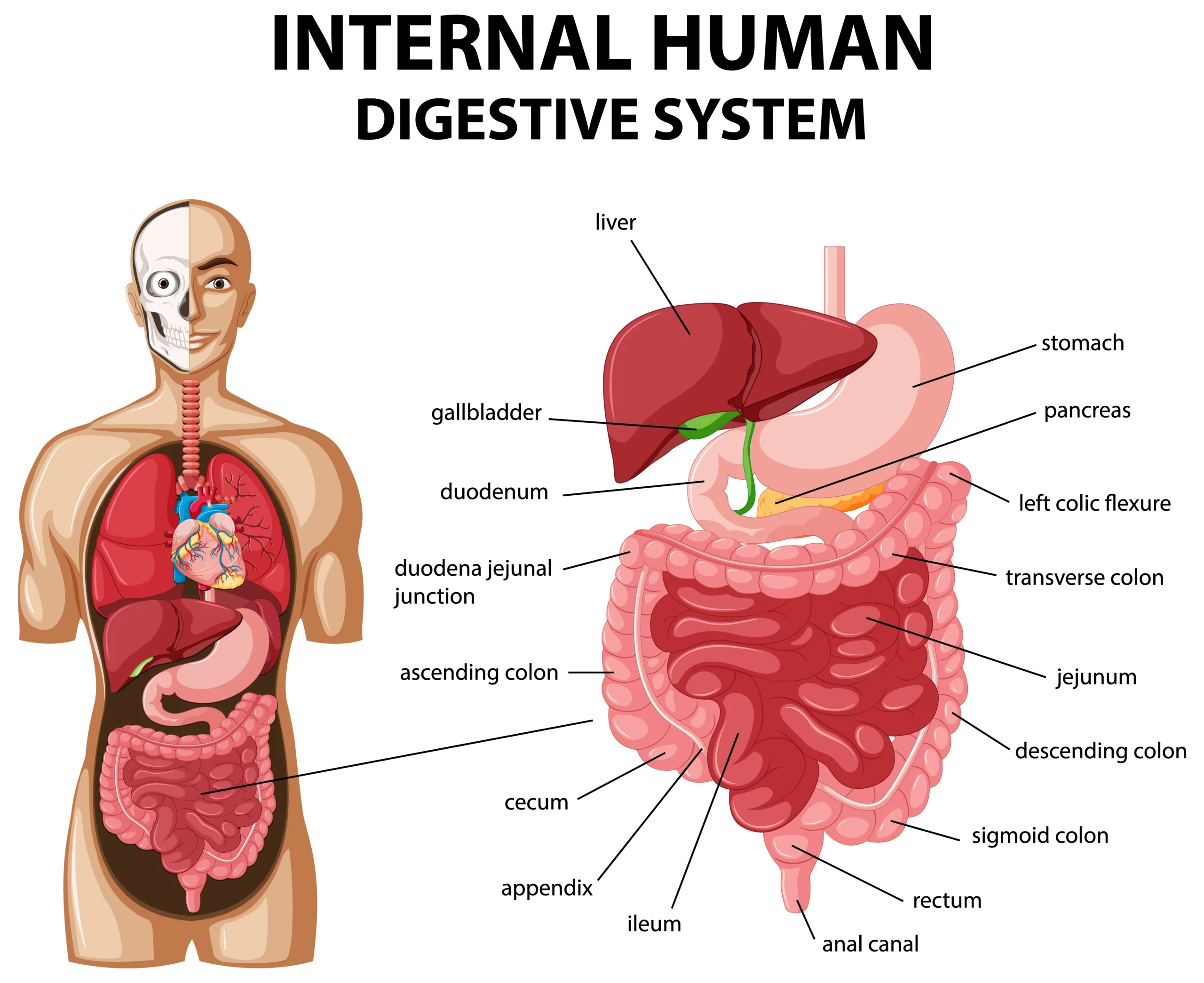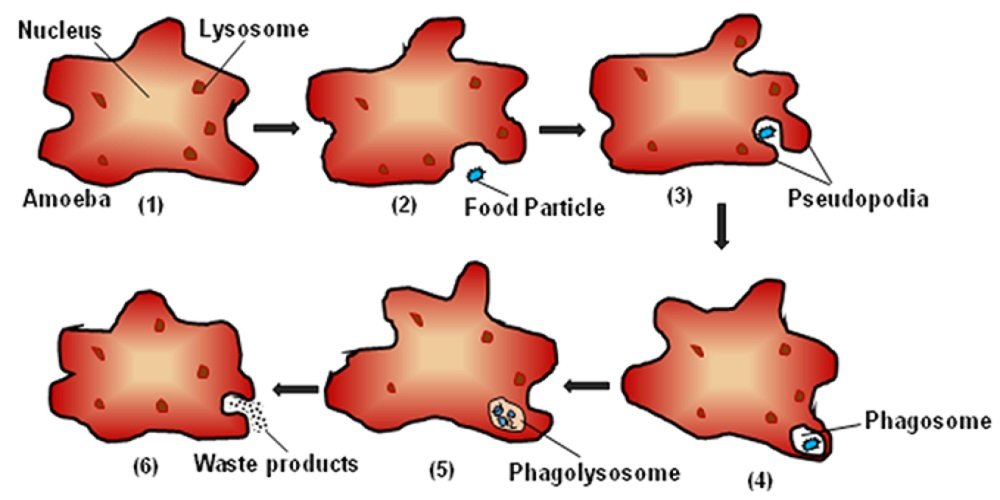Tag: digestive system

Digestion and Absorption Quiz Set 1
Loading…

HUMAN DIGESTIVE SYSTEM
Navigating the Human Digestive System: Your Food’s Amazing Journey Our bodies are incredible, and one of the most intriguing systems within them is the digestive system. This system does the important job of turning the food we eat into energy and nutrients that fuel our bodies. Let’s take a fascinating tour through the human digestive…

DIGESTIVE SYSTEM
DIFFERENT MODE OF DIGESTION IN ORGANISMS The collective processes by which a living organism takes food which are necessary for their growth, maintenance and energy needs is called nutrition. The chemical substances present in the food are called nutrients. It is important to know the different modes of nutrition in all living organisms in order…



